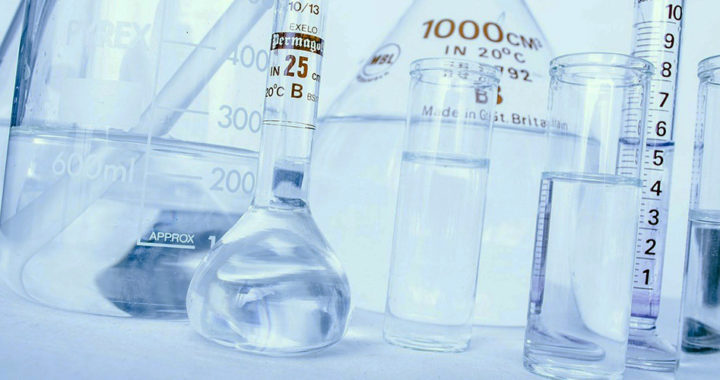Pharmaceutical companies have now been regarded as one of the major culprits behind the emergence and prevalence of antibiotic resistance. To be specific, specific companies involved in the manufacturing of antibiotics are contributing to the rise of drug-resistant bacteria.
Pharmaceutical Pollution: How Pharmaceutical Companies Are Contributing to the Rise of Antibiotic Resistance?
Numerous studies and reports have explored and documented the role of pharmaceutical companies in the emergence and continued prevalence of antibiotic-resistant bacteria. The science-oriented magazine New Scientist ran a story detailing how waste products from the operations of pharmaceutical companies in India are driving the rise of antibiotic resistance in the local population.
Another report coauthored by the non-profit research organization Changing Markets Foundation and private investigative agency Ecostorm noted that drug factories in India and China are expelling large volumes of wastewater due to their cheap manufacturing cost and high production output. Health and environmental advocates have slammed these factories due to their questionable waste management practices.
Findings from a specific study discussed in the same report mentioned above revealed that 16 of the 35 antibiotic factory sites in India were harboring bacteria resistant to antibiotics. In addition, from the 16 sites, four sites were harboring bacteria resistant to the three major classes of antibiotics, specifically the penicillin, cephalosporin, and macrolide classes.
Another study by G. A. Khan and colleagues that sampled waters from rivers, dams, sewage drains, and canals near drug manufacturing facilities in Northern Pakistan showed not only the presence of high levels of antibiotics but also the occurrence and abundance of antibiotic resistance genes in several bacterial populations.
Khan et al. also explained that the antibiotic resistance genes could be transferred horizontally to bacterial species associated with human diseases. Hence, their presence in bodies of water also contributes not only to the proliferation of antibiotic-resistant bacteria but also to the ongoing public health problem about drug-resistant infections.
Takeaway: The Role of Drug Manufacturers in Promoting the Proliferation of Drug-Resistant Bacteria
Take note that antibiotic resistance is a phenomenon in which specific strains of bacterial species develop resistance to antibacterial agents due to continued exposure. Persistent and uncontrolled exposure to antibiotics essentially allows a specific bacterium to adapt and eventually evolve to the point in which it is no longer harmed by the antibacterial compound.
Because pharmaceutical companies involved in antibiotic manufacturing are releasing their wastewater containing high concentrations of antibacterial agents in lakes and streams, these bodies of water are essentially becoming breeding grounds for antibiotic-resistant bacteria.
The emergence of antibiotic-resistant bacteria is undeniably one of the major offshoots of pharmaceutical pollution. Nevertheless, researchers D. G. J. Larsson and J. Fick recommended the need for transparency in the production chain of pharmaceutical products, as well as changes in local and international regulations.
FURTHER READINGS AND REFERENCES
- Bomboy, A. and Barnéoud, L. 2019, May 22. “How Antibiotic Resistance is Driven by Pharmaceutical Pollution.” New Scientist. Available online
- Changing Markets Foundation and Ecostorm. 2016. Superbugs in the Supply Chain: How Pollution from Antibiotics Factories in India and China is Fueling the Global Rise of Drug-Resistant Infections. Utrecht, The Netherlands: Changing Markets Foundation. Available via PDF
- Khan, G. A. Berglund, B., Khan, K. M., Lindgren, P-E., and Fick, J. 2013. “Occurrence and Abundance of Antibiotics and Resistance Genes in Rivers, Canal and Near Drug Formulation Facilities – A Study in Pakistan.” PLoS ONE. 8(6): e62712. DOI: 10.1371/journal.pone.0062712
- Larsson, D. G. J. and Fick, J. 2009. “Transparency Throughout the Production Chain—A Way to Reduce Pollution from the Manufacturing of Pharmaceuticals?” Regulatory Toxicology and Pharmacology. 53(3): 161-163. DOI: 10.1016/j.yrtph.2009.01.008
